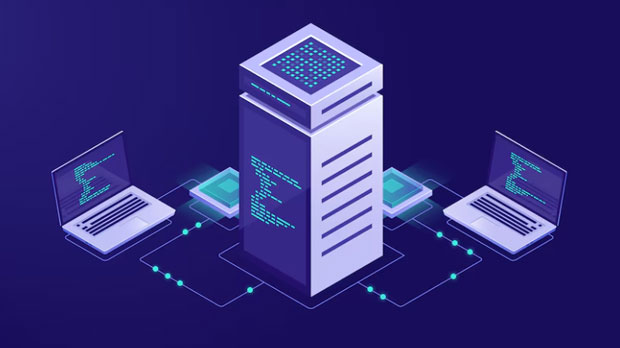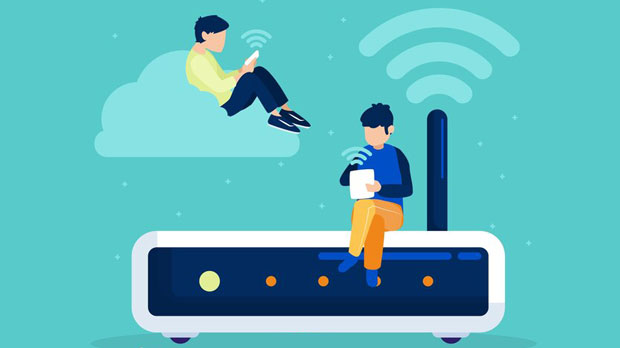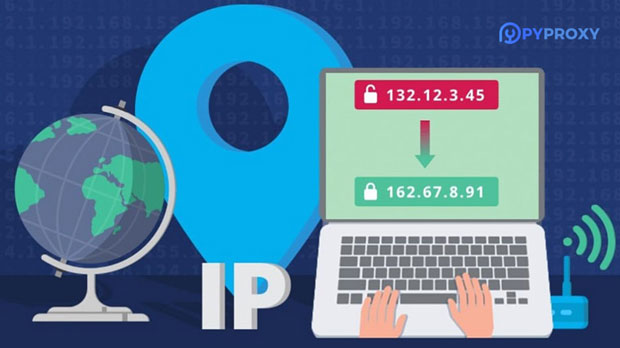Building an enterprise-level proxy quality system is essential for ensuring smooth operations, reliability, and security in large-scale networks. A key element of this system is having an effective proxy inspection tool, such as the PYPROXY Inspector. The pyproxy Inspector serves as a vital tool for assessing the quality and integrity of proxy servers, preventing data leaks, enhancing security measures, and optimizing overall system performance. In this article, we will explore why enterprises need such a tool, the challenges they face, and how the pyproxy Inspector can contribute to achieving a robust and reliable proxy infrastructure. Understanding the Role of Proxy Servers in Enterprise NetworksProxy servers are a fundamental part of enterprise IT infrastructure. They act as intermediaries between users and the internet, allowing businesses to manage and monitor network traffic, enhance security, and improve system performance. By routing internet requests through a proxy, organizations can hide their internal network structures, which provides an added layer of protection. However, proxies also introduce challenges. For instance, without proper management, proxies can become a vulnerability in the network, allowing unauthorized access or data leakage. To ensure proxies are functioning optimally, a comprehensive quality control system is necessary, which brings us to the importance of tools like the pyproxy Inspector.The Need for a Proxy Quality SystemAn enterprise-level proxy quality system ensures that the proxies in use are secure, reliable, and optimized for performance. The need for such a system arises from several factors:1. Security: Proxies are critical for maintaining network security. They can serve as a barrier between internal systems and external threats. A faulty or poorly managed proxy can expose sensitive data to potential breaches.2. Performance: The performance of proxies directly affects the speed and efficiency of network operations. If proxies are not functioning well, they can introduce latency, slowing down internet access for employees or customers.3. Compliance and Monitoring: Many businesses operate in regulated industries where data protection laws and compliance standards must be met. A proxy quality system ensures that proxies comply with these standards, avoiding legal issues.4. Scalability: As enterprises grow, so does the volume of internet traffic. An effective proxy quality system must scale with the business, ensuring that the proxy infrastructure can handle increased load without compromising performance.The Challenges of Proxy Management in Large EnterprisesManaging proxies in an enterprise environment is no simple task. Large organizations often operate multiple proxies across various locations, each with unique configurations and purposes. This introduces several challenges:1. Complexity of Configuration: Configuring and maintaining proxies across an enterprise can be difficult, especially when dealing with diverse types of proxies such as forward proxies, reverse proxies, or transparent proxies.2. Lack of Visibility: In many cases, enterprises lack comprehensive visibility into the performance and security of their proxy infrastructure. Without effective monitoring tools, it becomes difficult to identify issues like slow response times, unauthorized access, or security vulnerabilities.3. Inconsistent Quality: With multiple proxies in operation, there is a risk that some may not meet the organization's standards for security, reliability, or performance. Over time, proxies can degrade in quality due to improper maintenance or outdated configurations.4. Resource Constraints: Constantly monitoring and maintaining proxies at an enterprise scale requires significant resources, including personnel and infrastructure. It can be difficult for IT teams to keep up with the demands of ensuring the quality of every proxy in use.How the pyproxy Inspector Addresses These ChallengesThe pyproxy Inspector plays a crucial role in overcoming these challenges by offering a range of functionalities designed to monitor and evaluate proxy quality. Here are several ways in which the pyproxy Inspector enhances the enterprise proxy management process:1. Comprehensive Monitoring: The pyproxy Inspector provides a comprehensive overview of the performance and security status of all proxies in the network. It allows IT teams to track key metrics, such as response times, uptime, and the number of active sessions, giving them a clear picture of how proxies are performing.2. Security Audits: The tool can automatically perform security audits to identify vulnerabilities in proxies. It checks for common security issues, such as unencrypted traffic, weak authentication, or outdated software versions, ensuring that proxies are up to date with the latest security patches.3. Automated Reporting: The pyproxy Inspector generates detailed reports on the health and security of the proxy infrastructure. These reports can be used for internal audits, compliance purposes, and to quickly identify and address any issues before they become critical.4. Load Testing: The tool can simulate high traffic conditions to test how proxies handle increased load. This helps enterprises ensure that their proxies can scale effectively as the business grows.5. Real-Time Alerts: In the event of an issue, such as a proxy going offline or performance degradation, the pyproxy Inspector sends real-time alerts to the IT team. This enables them to respond quickly, minimizing potential downtime or security breaches.Benefits of Using the pyproxy InspectorThe implementation of the pyproxy Inspector offers several key benefits for enterprises:1. Enhanced Security: By continuously monitoring and auditing proxies, the pyproxy Inspector helps ensure that security standards are maintained, reducing the risk of cyberattacks or data breaches.2. Optimized Performance: With its real-time monitoring and load testing capabilities, the pyproxy Inspector helps enterprises maintain high performance, even under heavy traffic conditions. This ensures that employees and customers can access services quickly and without interruption.3. Increased Efficiency: By automating many aspects of proxy management, including monitoring, reporting, and testing, the pyproxy Inspector frees up valuable IT resources, allowing teams to focus on more strategic tasks.4. Regulatory Compliance: For enterprises operating in regulated industries, the pyproxy Inspector helps ensure compliance with data protection laws and industry standards. Regular reports and audits can demonstrate that the organization is meeting its legal and regulatory obligations.In conclusion, building a robust enterprise-level proxy quality system is essential for any organization that relies on proxy servers for network security and performance. The pyproxy Inspector provides an invaluable tool for managing proxies at scale, offering enhanced security, optimized performance, and streamlined operations. By addressing the challenges of proxy management, enterprises can ensure that their proxy infrastructure remains reliable, secure, and compliant with industry standards. As businesses continue to grow and their IT infrastructures become more complex, tools like the pyproxy Inspector will be crucial in maintaining the integrity and quality of their proxy systems.
Nov 07, 2025


































































